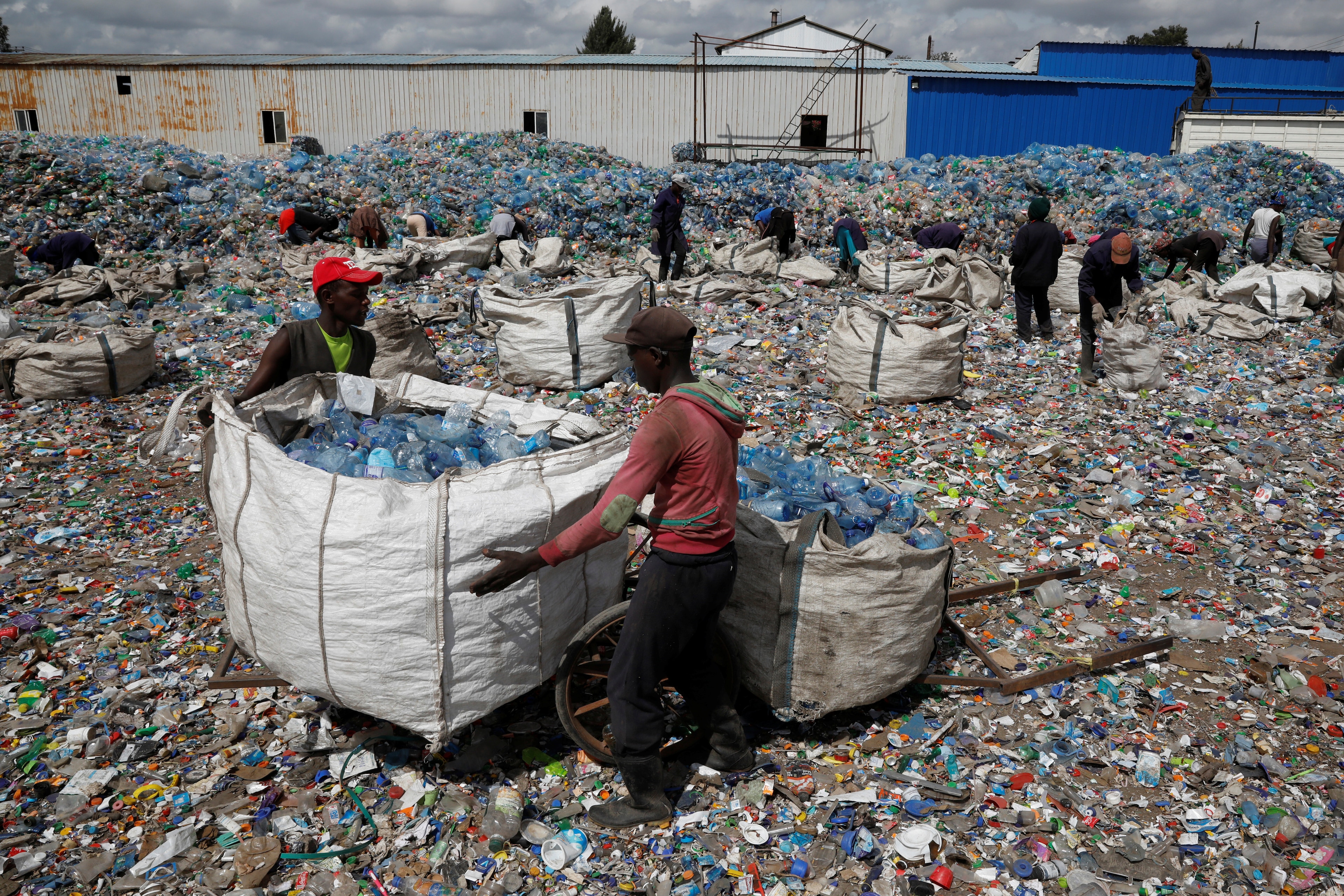Kenya is set to suffer from worsening food shortages and water scarcity

The long rains season from March to May has fallen far below the long-term average for the period in Kenya. Image: REUTERS/Siegfried Modola
Nairobi, April 16 (Reuters) - Kenya is likely to suffer from worsening food shortages and water scarcity as the rainy season fails, its meteorological department said on Tuesday.
The so-called long rains season from March to May has fallen far below the long-term average for the period, Stella Aura, director of the Kenya Meteorological Department, said in a statement.
"Based on the current conditions and the projected weather conditions, dry conditions are expected to dominate most parts of the country, leading to further deterioration of food security and water resource," she said.
"Areas affected by the drought conditions will require interventions to support livelihoods."
Patrick Njoroge, the central bank governor, said the bank could lower its economic growth forecast for this year to 5.3 percent, from 6.3 percent, if the drought proves severe, the bank said on its Twitter account, quoting an interview he gave to Bloomberg TV in New York on Tuesday.
Blaming the recent dry weather, the World Bank has trimmed its forecast for Kenya's economic growth to 5.7 percent from 5.8 percent.
Farming, including tea, flowers and coffee exports account for close to a third of annual economic output.
The government said last month 1.1 million Kenyans, mainly in the arid counties of Turkana, Marsabit, Isiolo, Tana River and Garisssa, need humanitarian food assistance.
The Famine Early Warning Systems Network, which is funded by the United States Agency for International Development, blames the failure of Kenya's long rains on tropical cyclone Idai, which redirected moisture away from the region.
Hundreds of thousands of people still need aid after Idai battered Mozambique, Zimbabwe and Malawi in March.
More than 1,000 people have been reported killed by the storm, the flooding it caused and heavy rains before it hit.
Don't miss any update on this topic
Create a free account and access your personalized content collection with our latest publications and analyses.
License and Republishing
World Economic Forum articles may be republished in accordance with the Creative Commons Attribution-NonCommercial-NoDerivatives 4.0 International Public License, and in accordance with our Terms of Use.
The views expressed in this article are those of the author alone and not the World Economic Forum.
Stay up to date:
Future of the Environment
Forum Stories newsletter
Bringing you weekly curated insights and analysis on the global issues that matter.
More on Nature and BiodiversitySee all
Tom Crowfoot
July 30, 2025







